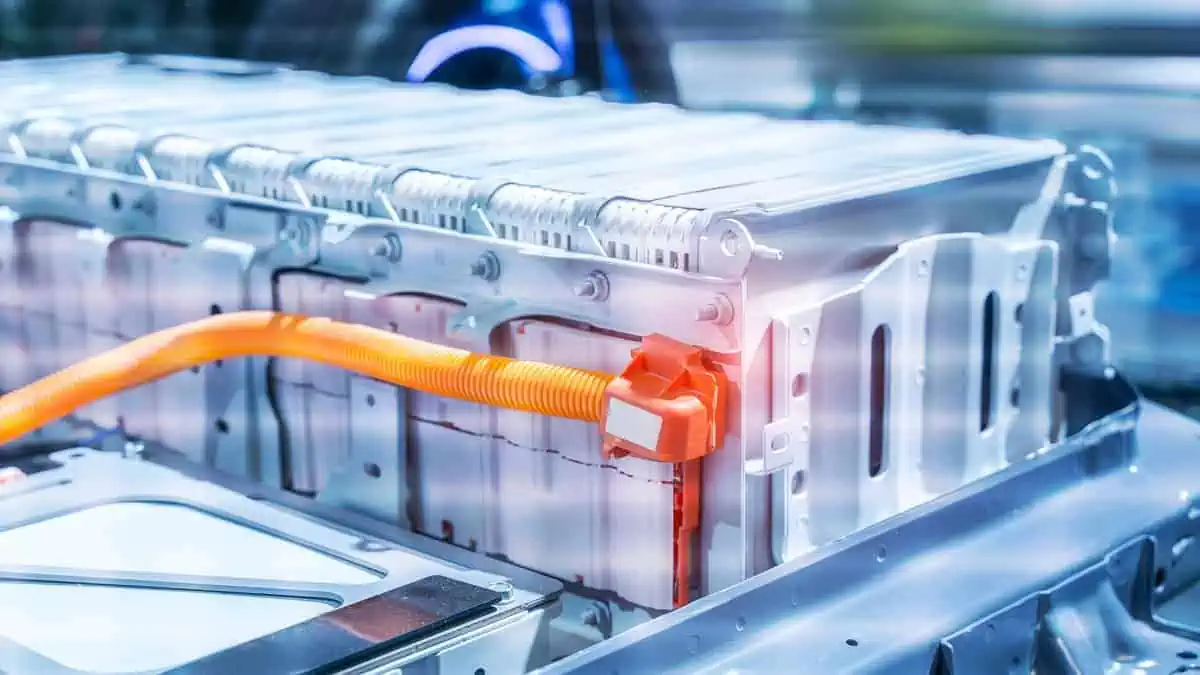Japanese automaker Honda and South Korean energy firm LG Energy Solution announced the construction commencement of their $3.5 billion electric vehicle battery production plant in Fayette County, Ohio. Per the press release, the joint venture expects to start large-scale production by 2025.
“It is an honor to represent two great corporations, Honda and LG Energy Solution, both with a long, proud history of success. LG Energy Solution is the leading battery manufacturer globally and is investing aggressively to meet demand for electrification. We are excited to embark on this partnership with Honda, a leader in the global auto industry with a reputation for quality and reliability.”
JV CEO Robert H. Lee
Honda-LGES JV
Honda and LGES committed to a new joint venture worth $3.5 billion to construct a new EV battery production plant in the US. Notably, the estimated total investment for the project is $4.4 billion.
The move is crucial for Honda’s target to capitalize on Ohio by making it the company’s EV hub. Apart from the $3.5 billion, the automaker will also allocate another investment of $700 million to renovate its existing three plants to enable EV production there.
As per the announcement, the new plant will produce pouch-type li-ion batteries for Honda’s upcoming electric vehicle models. The partner expects the facility to hit a production rate of 40 GWh per year once completely functional.
The companies expect that the project will generate more than 2,000 job opportunities for the citizens in Ohio.
Schedule
The ground-breaking at the new plant aligns with the automaker’s originally disclosed schedule of early 2023.
Meanwhile, the conclusion of the development is supposedly by the end of 2024, per Honda. By that time, the automaker will be capable of implementing mass production of the EV battery by the end of 2025.
The JV is indeed a crucial part of Honda’s plan to start selling its EVs in North America by 2026. It will also enable the automaker to take advantage of the new federal tax credits of up to $2,500 under the Inflation Reduction Act.






